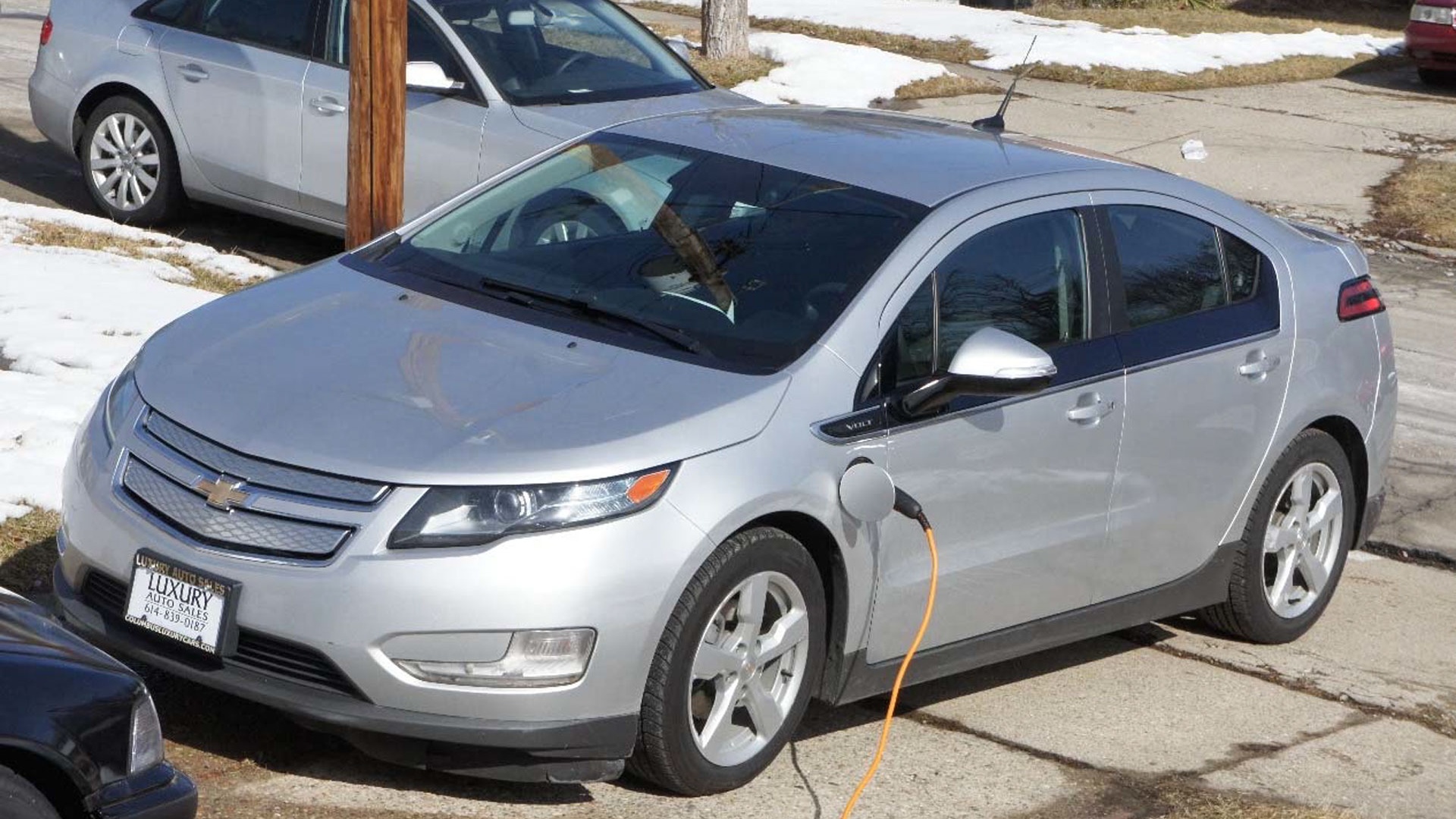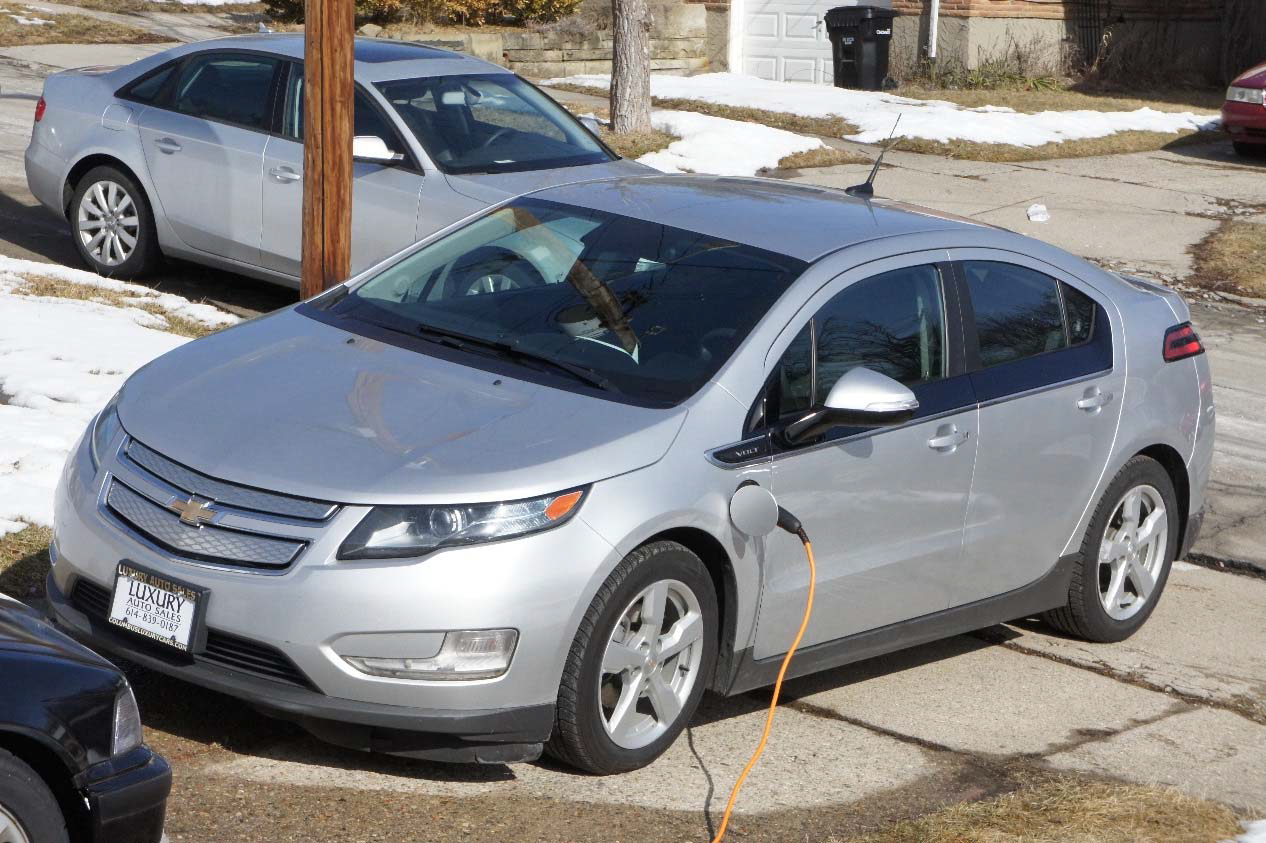Are electric vehicles (and electric options of all kinds) the future?
The year is 2008. The best-selling vehicle in the United States for the 27th year in a row is the Ford F-Series truck with more than 500,000 sold.
Fast forward to 2020. We are entering a new phase in the automotive industry. As of February, Tesla passed a significant milestone, selling 1 million electric vehicles (EV). Plus, the Tesla Model 3 became the all-time best selling EV globally. This happened in just 2.5 years of production, which had taken the previous leader almost 10 years to accomplish.
Clearly, this is a very exciting time for EV enthusiasts as options become more stylish, have longer ranges, and achieve faster 0-60 MPH times, all while becoming more affordable for the average American. In fact, this is an exciting time for electric options of all kinds…
Is Everything Going Electric?
You may not realize it, but electric operation has been utilized for many years. No matter what your indoor or outdoor “go-to” is for fun or home improvement, chances are that an electric powered vehicle or tool has helped you get the job done.
Have you ever been golfing and paid for “18 and a cart”? If it has been in the last 15 years, it was probably an electric golf cart. More into walking the golf course? They make “smart cart” bag carriers that can now follow you based off of remote control or a “follow me” clip attached to your belt.
If golf is not your sport, how about skateboarding? Hop on one of a myriad of manufacturers’ longboard, traditional, or one-wheel style boards to rip the streets or trails with speeds of 60+ MPH, or a range of almost 60 miles.
Maybe being outdoors isn’t your thing, but you like having a tidy, well-groomed yard… Look no further than Husqvarna or Worx for their cordless, robotic lawn mowers, controlled by an app and GPS.

Electric History
All these EVs, toys and tools sound great, but what happens when they run out of charge? Well, the history of the battery — the backbone of electric powered tools and toys — is longer than you may think. The first recorded battery to provide continuous electrical current to a circuit was created by an Italian physicist, Alessandro Volta, in 1799. This was very crude, using zinc and copper for the electrodes and a piece of brine-soaked paper for the electrolyte. We have since gone through Daniell Cell (1836), Lead-Acid (1859), Nickel Cadmium (1899), Alkaline (1950s), Nickel-Metal Hydride (1989), and finally Lithium-Ion (1991) batteries. (Read more about “The Evolution of Battery Technology.”)
Or maybe you work in a warehouse and are sick of the noise and smell of gas-powered fork trucks. Well, you guessed it — there is an electric battery powered alternative.
And kids from 5 to 15 years are getting more and more into hoverboards; electric scooters; electric RC cars, planes and boats; Power Wheels, and even dirt bikes. In fact, I see this trend in my own home. My kids have hoverboards and love them, but they are already looking to the next electric transportation method of their dreams: the one-wheel, a scooter, a dirt bike, etc. I can no longer tell them that such “toys” will disturb the neighbors because the days of the iconic sound of a two-stroke or four-stroke dirt bike may soon be over with how quiet electric motors have become.
Benefits of Electric Vehicles
Now, this movement toward electric transportation (and more!) does not have to be all about fun. Some people choose electric it for the savings or the impact on climate change.
Let’s just focus strictly on EVs… Most consumers can expect to save $600-1,300 a year in fuel costs alone when switching from a conventional vehicle. Now, factor in less required maintenance like oil changes and brake service, and the savings just keep stacking up. It can take as little as $0.12/kWh to charge your car, meaning a full “tank” can cost as little as $5 or $6. How does that compare to your last fill up?
Other consumers may switch for the wellbeing of our environment and our children by aiding in the removal of toxic emissions. In 2008, the U.S. averaged 55,108,100 gallons of gasoline sold per day. That is an annual total sale of 20,114,456,500 gallons. This led the U.S. to 5,817 million metric tons of CO2 emissions.
However, since the introduction of EVs, this consumption trend has declined. In 2019, the U.S. averaged just 24,239,300 gallons of gasoline sold per day. This makes for a 30,868,800 gallon per day difference, for an annual consumption difference of 11,267,112,000 gallons! That is an average reduction of 1,024,282,909 gallons per year.
If the EV trend sticks and its popularity continues to rise, the U.S. will consume 12,291,394,909 fewer gallons of gasoline in 2020 than just 12 years prior. At a current national average of $2.186, that means that as a nation, we will save an estimated $26,868,989,271.07 on gasoline purchases this year. That is enough money to purchase any of the following:
- 2 U.S. Navy Nimitz Class Aircraft Carriers
- 15 Buckingham Palaces
- 16 Burj Khalifa towers
- 50,000 Teachers hired for 10 years
- 597,088 Tesla Model 3 cars
- 700,000 Homes powered with solar energy
- 3,400,000 People fed three meals a day for a year
Our Electric Future
So, whether you are into electric power vehicles and tools for personal enjoyment or trying to do your part for a cleaner Earth, there is an electric, battery powered solution out there for you. So, get out there and form your own opinions on all things electric.
I challenge you to go electric and just see how you like it! Get behind the wheel of an EV, or climb onto an electric dirt bike and try not to have fun! The torque, the acceleration, and the handling — all of it is intoxicating. It pulls you in and makes you want to find reasons to drive the car or ride the dirt bike at every opportunity.
So drive a Tesla, do a handyman job using a 20v Li-Ion powered tool, rip the local trails on a Onewheel, film a YouTube video using a drone, go golfing and ride along in an electric cart, or start a new hobby with your kids with brushless electric motor RC vehicles. There are so many emerging trends within the battery powered world, and electric vehicles are just one of them.
Will the world ever regress, ever think about going back to its fossil fuel roots? Perhaps so, perhaps not. As for this new EV owner, I’m never looking back.
Gasoline Consumption Resources:
U.S. Energy Information Administration
EIA: Total Gasoline Retail Sales
EIA: Gasoline and Diesel Fuel Update







